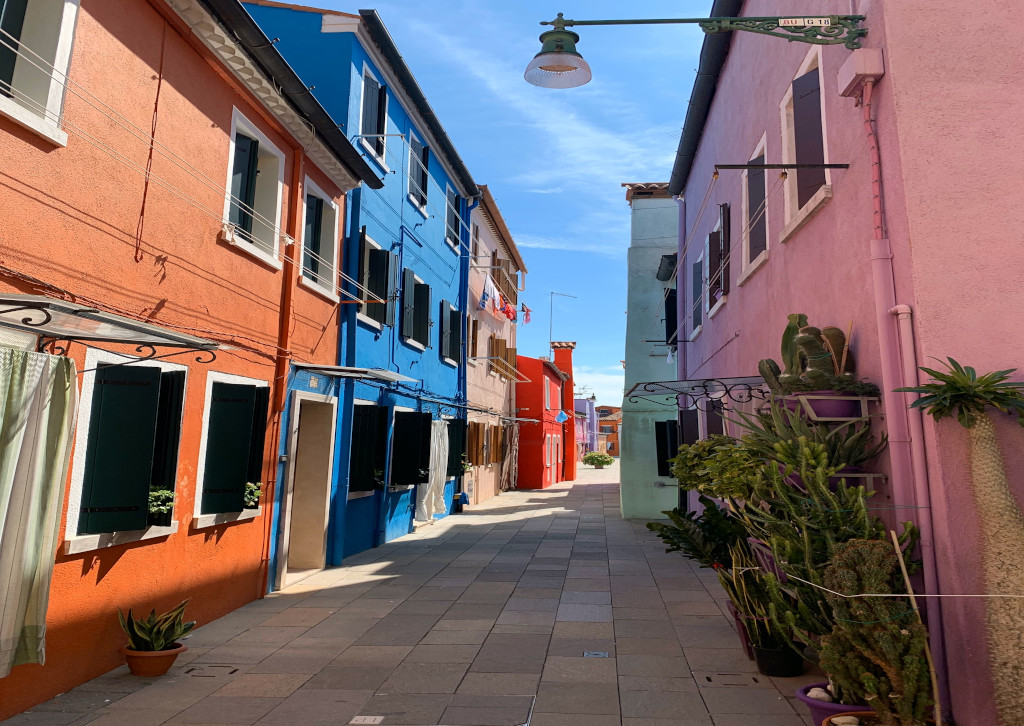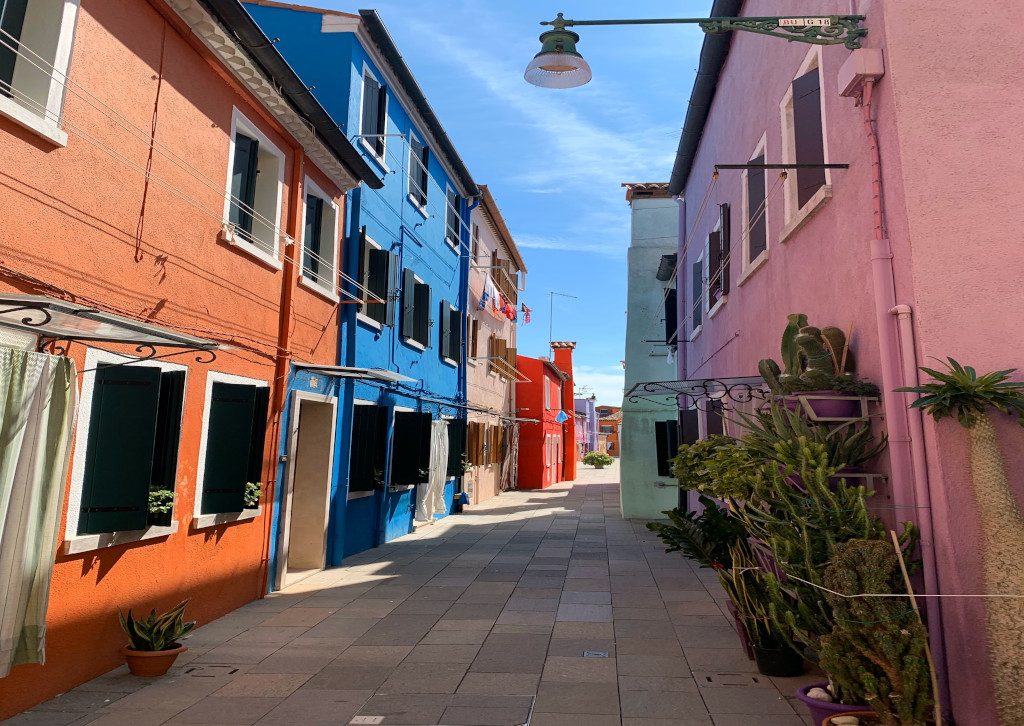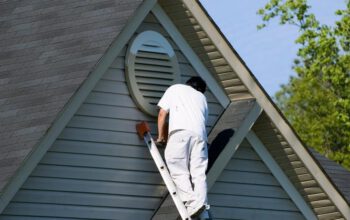>
One day, it’s sunny and warm. The next, it’s stormy and frigidly cold—or maybe even snowing. Mother Nature seems to be going crazy and can’t decide which season it is. Needless to say, you can find it difficult to make plans. But if you’re planning to paint the outside of your home, the weather can be especially important to consider with your painting contractor. How could the weather affect your improvement plans? Read on to find out!
Cold Temperatures
When the temperature drops, some paints tend to become thicker in consistency, making it more difficult to apply and taking longer to dry. As a result, this thicker paint is more likely to have flaws in the finish, like runs, drips, or sagging. In addition, the colder weather can also mess with the bond that the paint has with the substrate, or surface you’re painting, which can lead to easier chipping and peeling and an uneven result.
Most manufacturers conveniently provide the minimum temperatures on their products so that homeowners know how to plan for exterior projects. In general, oil-based paints should be applied in above 45-degree weather, and latex and acrylic paints perform better in 50 degrees or warmer. In fact, if the weather dips below these thresholds, your painters will likely have to cancel work until the temperatures climb back up.
Hot Temperatures
On the opposite end of the spectrum, painting exteriors in extreme heat can also impact your results. The excessive heat makes the outside surface of the paint dry much faster than the inside paint touching the wall. As a result, bumps and wrinkles can occur when paint dries too quickly. Also, over 100-degree weather is simply not safe for you or the painting crew to be outside and working hard.
Humidity
High humidity creates a host of problems when painting exteriors. Water-based paints rely on a precise ratio of the water solvent and the pigment, resin, and additives, but the water vapor in the air in humid environments can make the mixture thinner and mess with the drying timeline.
Are you painting exterior surfaces made of wood? Wood is very porous and soaks up the moisture in the air. When paint is applied to moist wood, the bond between the surface and paint becomes weak. In other words, it can bubble and peel as it dries.
dapting to the Weather
If you plan on painting your home’s exteriors, you need to be aware of the weather when you schedule the work. Keep an eye on the forecast as you look forward to the project date and be flexible. For instance, during the hot summer months, your painting contractor may need to schedule work for early in the morning so that their team can miss the hottest part of the day. Although there’s little you can do about the extreme cold or rain, just remember that North Texas weather changes quickly. So while you may have to postpone your exterior painting because it’s freezing today, you may be able to resume painting tomorrow.
No matter what Mother Nature throws your way, a beautiful exterior for your home is possible. By working with an experienced, knowledgeable contractor, together you can come up with a plan around the weather and have results you’ll love, come rain or shine.
About Platinum Painting
Platinum Painting has been serving North Texas homeowners for more than a decade. With well over 10,000 happy customers, we have excellent reviews and have been ranked #1 on Angie’s List for many years running. We are familiar with how to work around the crazy Texas weather, and we use high-quality Sherwin Williams products so that you can get the best results possible. Have questions about our paint? You can contact us by clicking here.
The post How the Weather Impacts Exterior Painting appeared first on Platinum Painting Blog.




